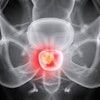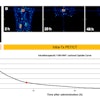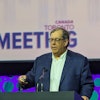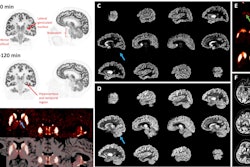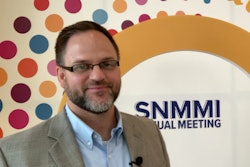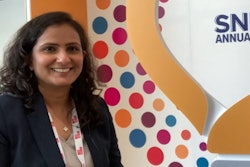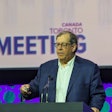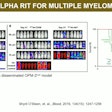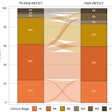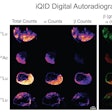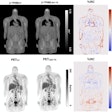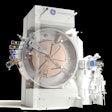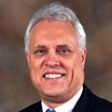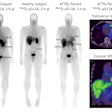TORONTO – Clinician-scientists can do much to advance nuclear medicine, but it will take passion and stamina to succeed, said Ora Israel, MD, at the annual meeting of the Society of Nuclear Medicine and Molecular Imaging (SNMMI).
Israel, an emeritus professor of imaging at the Technion – Israel Institute of Technology’s B. Rappaport School of Medicine in Haifa, Israel, discussed the need for clinician-scientists in nuclear medicine during her Henry N. Wagner Lecture on June 7. She then delved further into the topic in a subsequent video interview with AuntMinnie.com.
“Clinicians who do research will move our field better, they will move medicine in general forward and nuclear medicine in particular,” she said. “Unfortunately, in recent decades there have been less and less physicians who have also decided to do research, and I would very much want to have young physicians do more for clinical research.”
There are a few possibilities to increase the number of clinician-scientists in nuclear medicine, Israel said. While it’s important to recognize that young physicians have a tough life and need help and allotted time to perform research, they also need to be determined to take this on for themselves.
“We all know that finishing medical school is involved with a lot of financial burden,” she said. “Here again, at a national level, maybe we might try and find ways to ease their financial burden that they have to deal with. But more importantly, in my opinion, is to teach them that in the end, it is all about themself. They are the ones who need to find a way to do both. and this is only possible if they are passionate enough, if they are curious enough, and if they really want to do science.”
There are traditionally two options for clinician scientists: “wet bench” lab research and clinical research. The lab track is actually well-suited for nuclear medicine physicians, because they often have a background in technology, engineering, biology, chemistry, and physics, according to Israel.
“They will have to commit and have to find a lab where they should train in the appropriate methodology and they will have to focus,” she said. “And sometimes it can take years, if not decades, to solve a basic problem.”
Clinical research involves a different perspective.
“These are the unmet needs of clinical science and clinical research in nuclear medicine,” she said. “So I would really suggest that this is a good track for young physicians to address.”
Young nuclear medicine physicians considering becoming clinician-scientists should be able to observe, not have a herd mentality, find a good mentor, and learn how to work with colleagues, for example, she said.
“But the most important thing is passion, emotional involvement, and stamina to be able to do everything even during the tough moments when you might not be successful,” she said.
Click here for our SNMMI RADCast.
